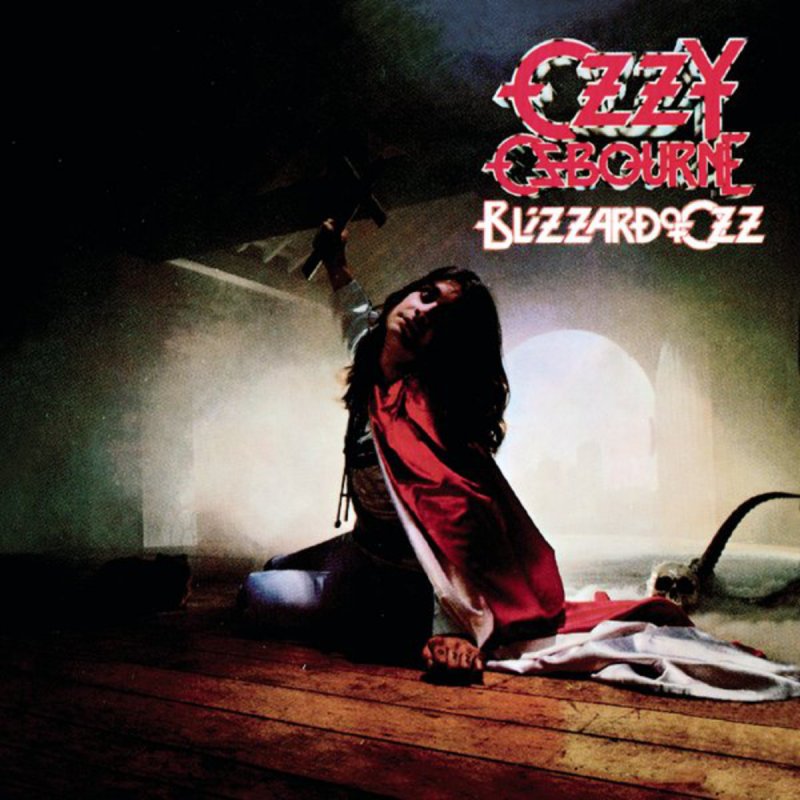

Ramirez’s childhood friend Ray Garcia subsequently told the authorities that the killer was obsessed by AC/DC, and specifically the creepy, chilling, voyeuristic closing track on the band’s 1979 Highway To Hell album, Night Prowler, leading to sensationalist media headlines such as “‘AC/DC Music Made Me Kill At 16’, Night Stalker Admits.” The Australian band were understandably horrified at the implication, with vocalist Brian Johnson (who joined the band after the song’s recording) telling VH1 television, “It sickens you to have anything to do with that kind of thing.” In the same Behind The Music special, AC/DC guitarist Malcolm Young claimed that Night Prowler is actually about “things you used to do when you are a kid, like sneaking into a girlfriend’s bedroom when her parents were asleep”, but lyrics such as ‘ No-one’s gonna warn you / And no-one’s gonna yell attack / And you don’t feel the steel / Till it’s hangin’ out your back’ rather undermined the idea that this was merely a paean to adolescent horniness. It would be a further five months, however, before Ramirez, dubbed the ‘Night Stalker’, was apprehended, bringing to an end a 14-month reign of terror in the Golden State during which a total of 13 people were murdered and 11 more sexually assaulted in their own homes. Dayle’s roommate Maria Hernandez was also shot in the face by Ramirez, but survived, and provided police with a pen portrait of a young man wearing an AC/DC baseball cap. And Zen Buddhism.On the evening of March 17, 1985, 25-year-old Texan drifter Richard Ramirez broke into the California homes of Tsai-Lian Yu and Dayle Okazaki and murdered both women. He longs not to be part of this world and its unquenchable desires, but realizes he is also human and part of the collective insanity.īilocational shamanism. He can envision a different path, or a non-path, a movement off the road: "There's a city in my mind, come along and take that ride." He is one of them and not at the same time. The narrator is part and apart of the travelers's journey on the road to nowhere. The other voice takes the role of the traveler on the road. The narrator takes the skeptical, outsider approach of one who has the wisdom to see the folly of pursuit. One at the beginning and end, the voice of the narrator, and another in the middle, the voice of those on the road to nowhere, those who believe that "We're on the road to paradise." There are two voices in this song, almost doppelgangers. Misery loves company, and all of us on the road to nowhere invite others to join us, and we assimilate them into our pointless, miserable journey that ends in death and nothingness. The plebes/proles endure a Sisyphean slog through life, straining towards some goal on the horizon that never materializes.


I realize the video is not the song, but the video makes it obvious. My InterpretationThe real "road to nowhere" is the domination and destruction of the planet by our species. But it's growing day by day and it's all rightīut they'll make a fool of you and it's all right


 0 kommentar(er)
0 kommentar(er)
